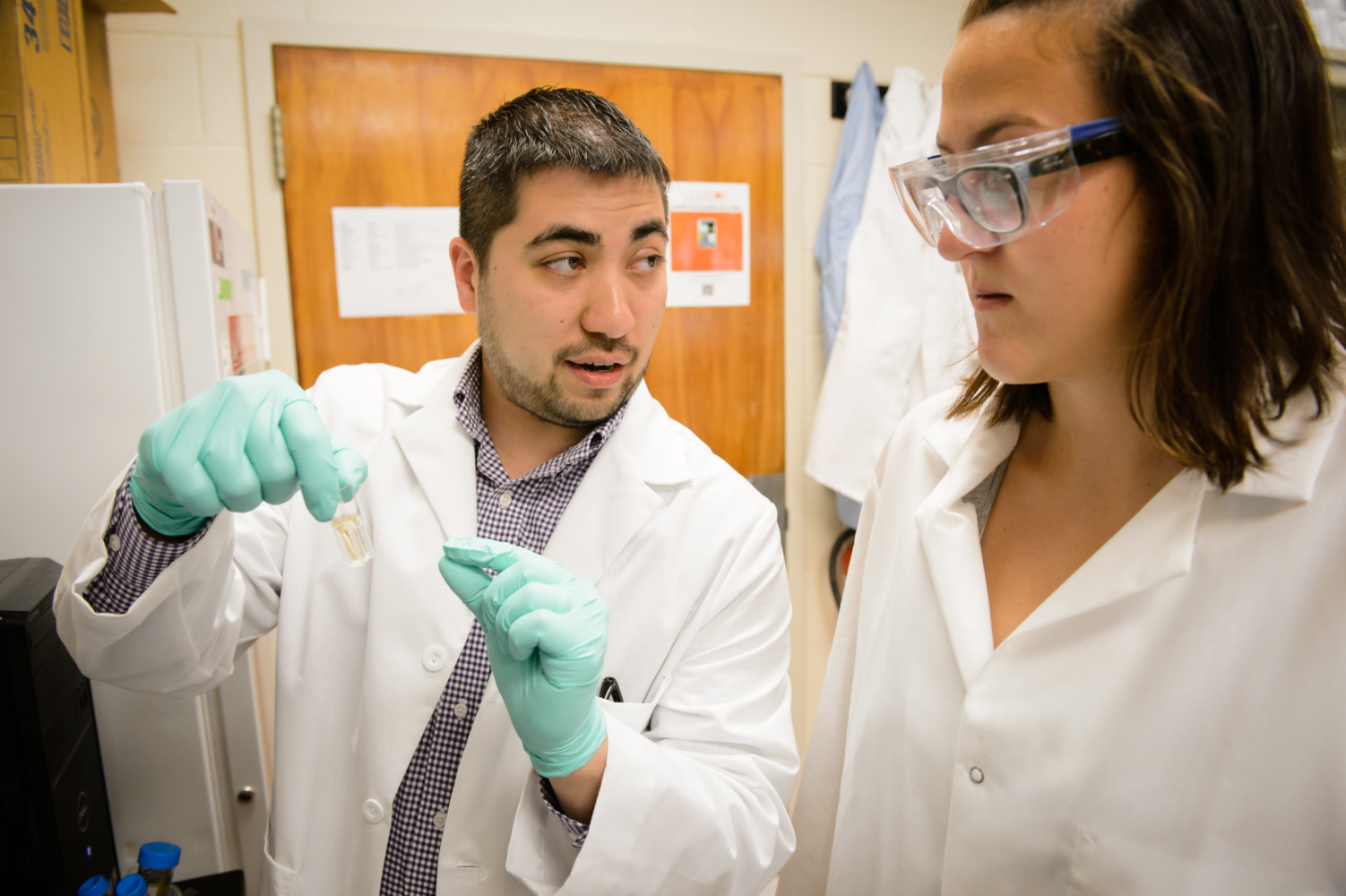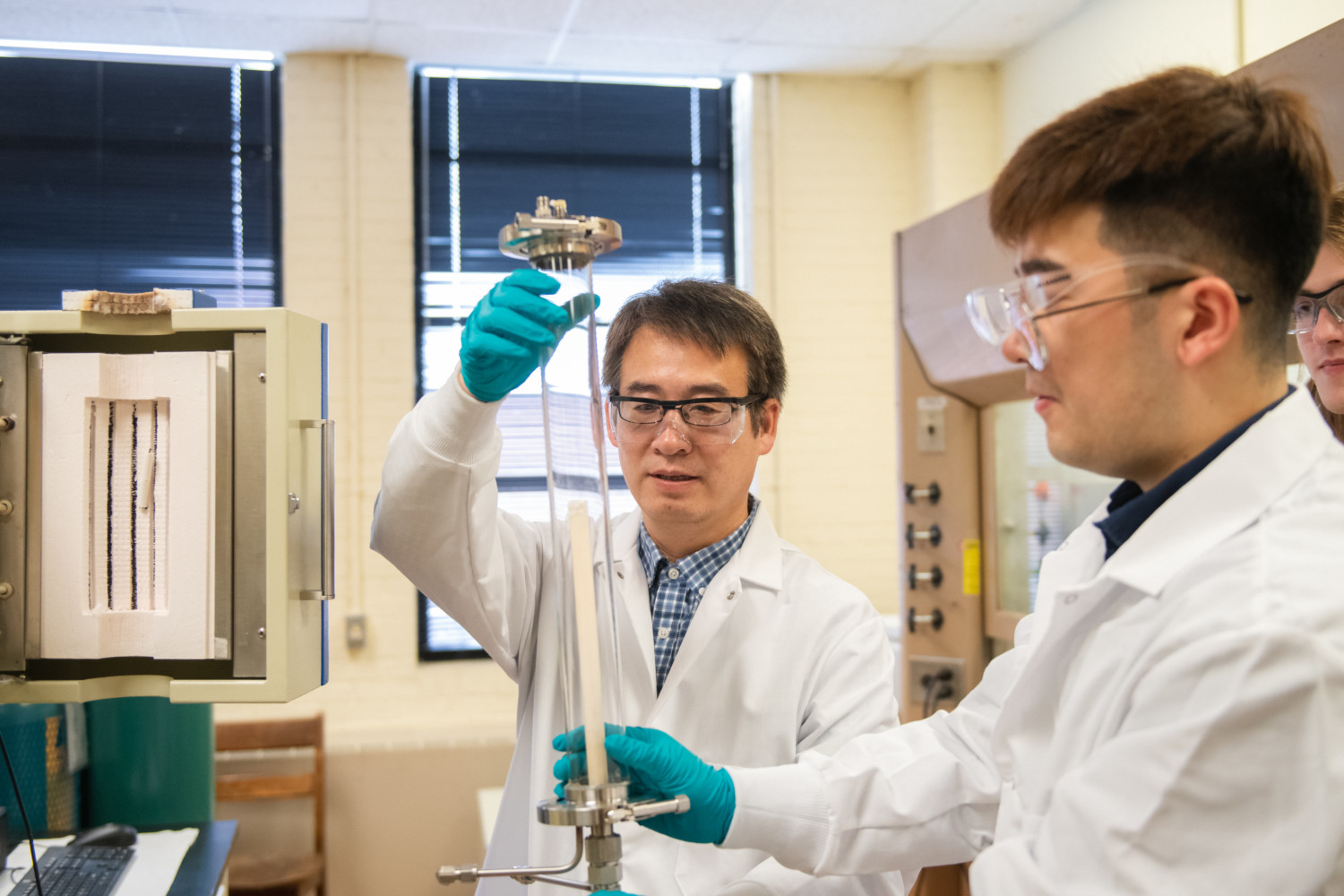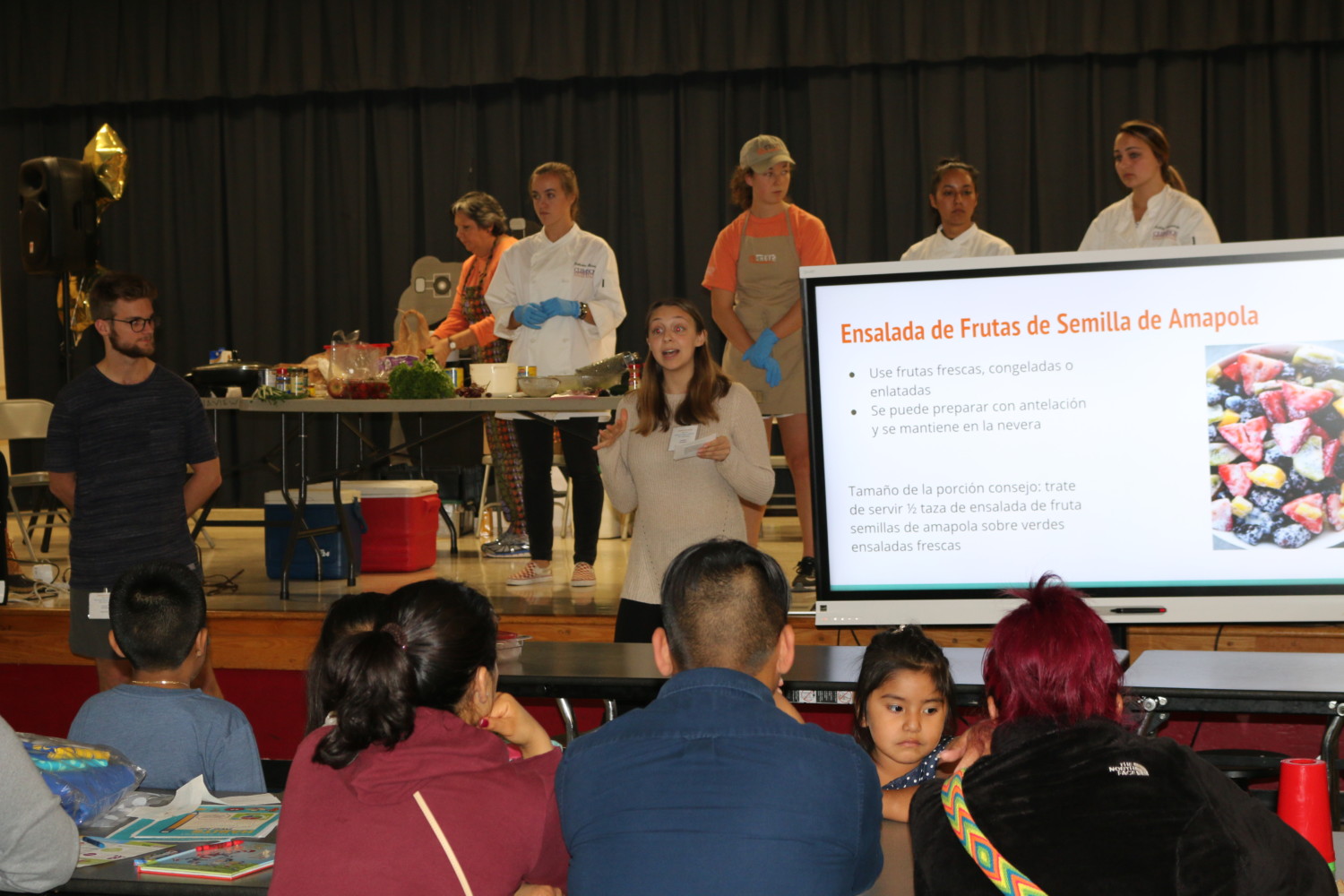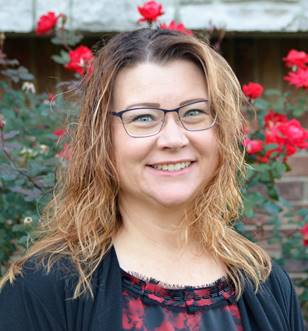CLEMSON — One of the toughest challenges in engineering is coming sharply into focus as a group of professors begins fanning out across the South to recruit doctoral students to Clemson University.
The group, led by Mark Blenner, is working to increase diversity in engineering. The low numbers are a nationwide concern and leave behind large swaths of the population, cutting them out of jobs that pay well above the national average.

Blenner and his group want to put a dent in the statistics by recruiting students who will work toward doctoral degrees in chemical engineering and then pursue careers in education and research.
The idea behind the program is to create a new generation of professors to serve as role models for women and other students from groups underrepresented in engineering.
The goal is to graduate six highly qualified Ph.D. students in five years, said Blenner, the McQueen-Quattlebaum Associate Professor in the chemical and biomolecular engineering department.
“If you make six faculty members, you’re making six people who are going to influence about 100 students a year for the next 30 or 40 years,” he said. “The initial investment creates 4,000 engineers. You’re basically investing in better preparing the next generation of engineers and scientists.”
At stake is the future of the workforce in the U.S. chemical industry, the nation’s second largest manufacturing sector with a value of nearly $800 billion.
The number of jobs for chemical engineers has steadily grown by 8 percent per year since 2008, Blenner said. The average entry-level salary for graduates with a Bachelor of Science in chemical engineering is closing in on $70,000, he said.
The best chance for meeting the growing demand for chemical engineers is to recruit more students from underrepresented groups, Blenner said.
Women, who make up more than half of the U.S. population, account for 32.4 percent of Bachelor of Science degrees in chemical and biomolecular engineering and 32.7 percent of Ph.D. degrees, he said.
African-Americans account for 4 percent of the discipline’s Bachelor of Science degrees and even fewer doctoral degrees, while composing 14 percent of the U.S. population, Blenner said.
To reverse the trend, Blenner and his group will make use of Clemson’s location in the heart of the South, home to more than half of the nation’s African-Americans.
Students are being recruited from Clemson and the nation’s 107 Historically Black Colleges and Universities, particularly the 41 in South Carolina, North Carolina, Georgia and Alabama.
The program is backed by $746,250 from Department of Education’s Graduate Assistance for Areas of National Need, often called by the acronym GAANN. Clemson University is sharing the cost with $187,563.
David Bruce, chair of the department, congratulated Blenner on landing the grant.
“This program supports the nation’s rapidly growing need for diverse and highly qualified chemical engineers to advance health innovation and sustainability,” Bruce said. “Dr. Blenner and his team are well positioned for success with funding from the GAANN program.”
Among the incentives is a $34,000 annual stipend for students who participate in the program.
“I’d like to emphasize that the student-centered, supportive Ph.D training environment is the real draw,” Blenner said. “ We do excellent research, and we do it with great care for our students.”
While an undergraduate degree in chemical engineering is desirable, it isn’t required to participate in the program. Ph.D. tracks are offered for students who have undergraduate degrees in chemistry, biochemistry, biological sciences and computer science.
The first students could enter the program as early as January. Students who join will be considered fellows.
Most Ph.D. programs focus heavily on research. Fellows will also do research but will have the added advantage of taking a deep dive into how to teach engineering at the collegiate level.
They will take a course on teaching through Clemson’s department of engineering and science education. Then fellows will work with professors to design and teach their own courses, including one through Creative Inquiry, a Clemson program that encourages undergraduate research.
“If you talk to most young faculty members, they’ll tell you how surprised they are at how hard it is to teach,” Blenner said. “We’re trying to lower that barrier.”
Among the five-year goals of the program is to increase total enrollment in the chemical and biomolecular engineering Ph.D. program from 59 to 70 students. Ph.D. students typically conduct most of the day-to-day work on research projects, so the increase will allow the department to do more research, bringing annual expenditures to $5 million a year, Blenner said.
Members of Clemson’s GAANN team include Rachel Getman and Chris Kitchens, both associate professors in the chemical and biomolecular engineering department.
Anand Gramopadhye, dean of the College of Engineering, Computing and Applied Sciences, said the GAANN award is richly deserved.
“Grants through the GAANN program are highly competitive,” he said. “The award is a testament to the strength of Dr. Blenner’s proposal and Clemson’s research community. I congratulate Dr. Blenner and his team.”






